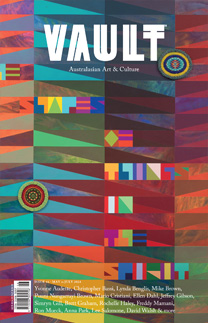David Goldblatt
The legacy of the late David Goldblatt
The photography of David Goldblatt has the rare capacity to expand our understanding of place and time.
Images by David Goldblatt communicate directly and with humility, bearing witness to some of the most insidious and diabolical years of recent human history. His career is represented in the forthcoming exhibition, David Goldblatt: Photographs 1948–2018 as part of this year’s Sydney International Art Series at the Museum of Contemporary Art, Sydney.
Born in 1930 in the Johannesburg gold-mining suburb of Randfontein, Goldblatt was a fledgling photographer of 18 when South African apartheid was institutionalised in 1948. And for six decades, until his death in June this year, he tasked himself with the role of documentarian and witness to the circumstances that surrounded and enabled racial segregation and political and social discrimination. “Apartheid became very much the central area of my work, but my real preoccupation was with our values … how did we get to be the way we are?”
Unlike a journalistic photographer, who might seek to represent the moment of heat – the news story, the action – Goldblatt took a less spectacular, more humanistic approach with his photo essays. In his extended engagement with the South African situation, he took long, slow looks at his compatriots. He made portraits of the people and places, and allowed his subjects space and context
by photographing them in the peripheries of drama, the circumstances that led
to violence, or the situation afterwards.
In an image from 1985, for instance, a teenager looks just past the frame that Goldblatt has placed around him. His arms form a second frame. They are... Subscribe to read this article in full
























